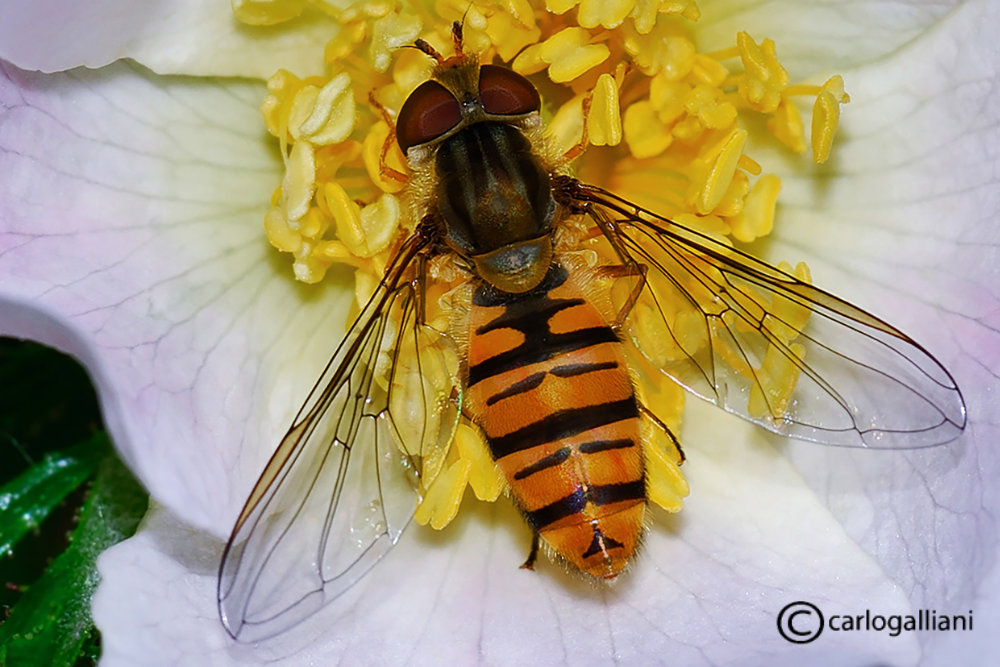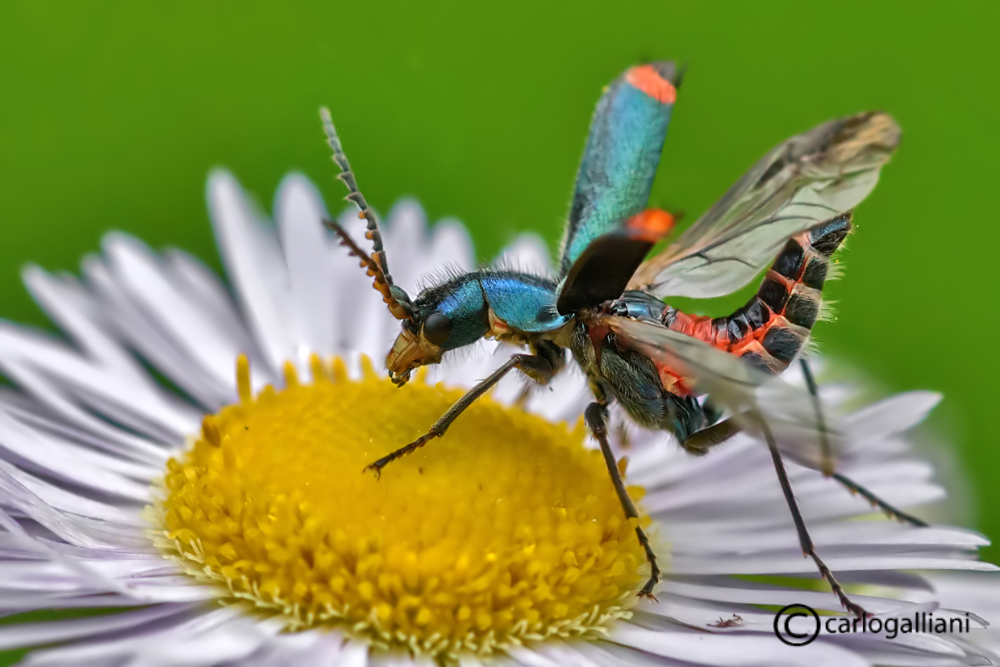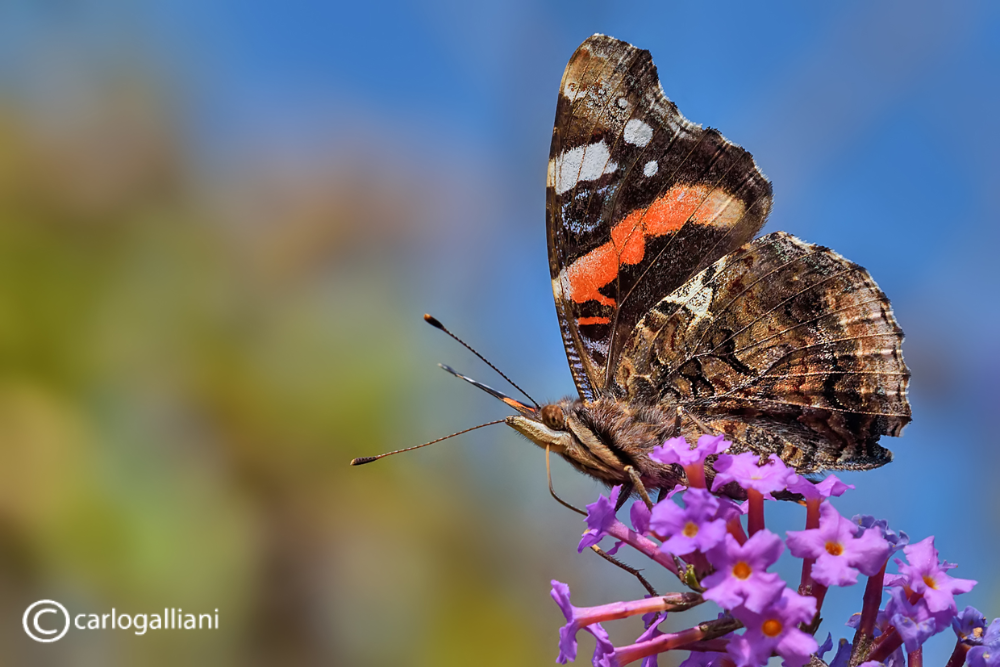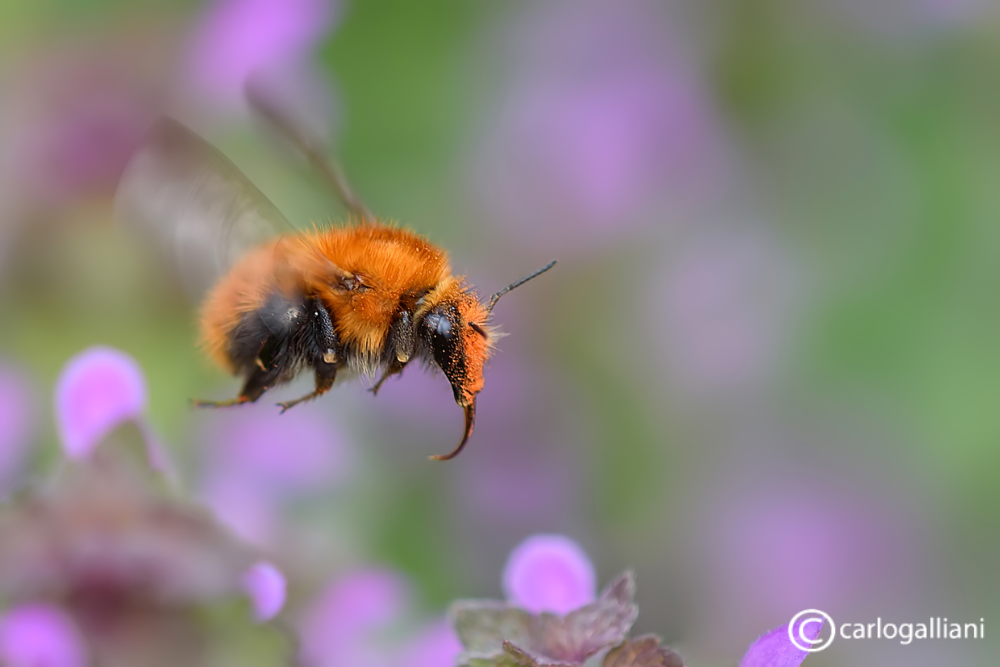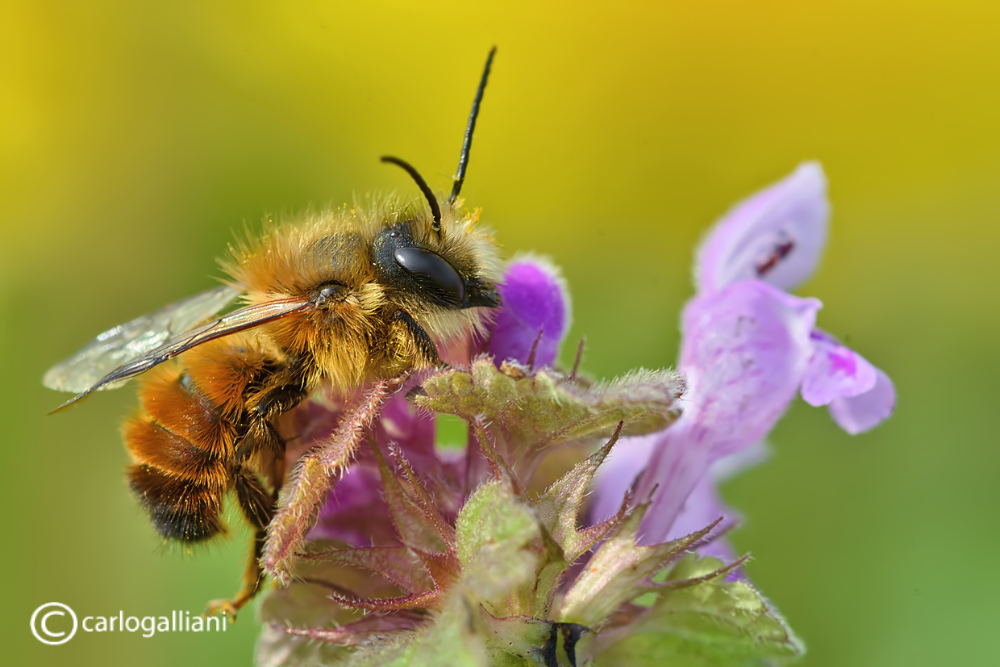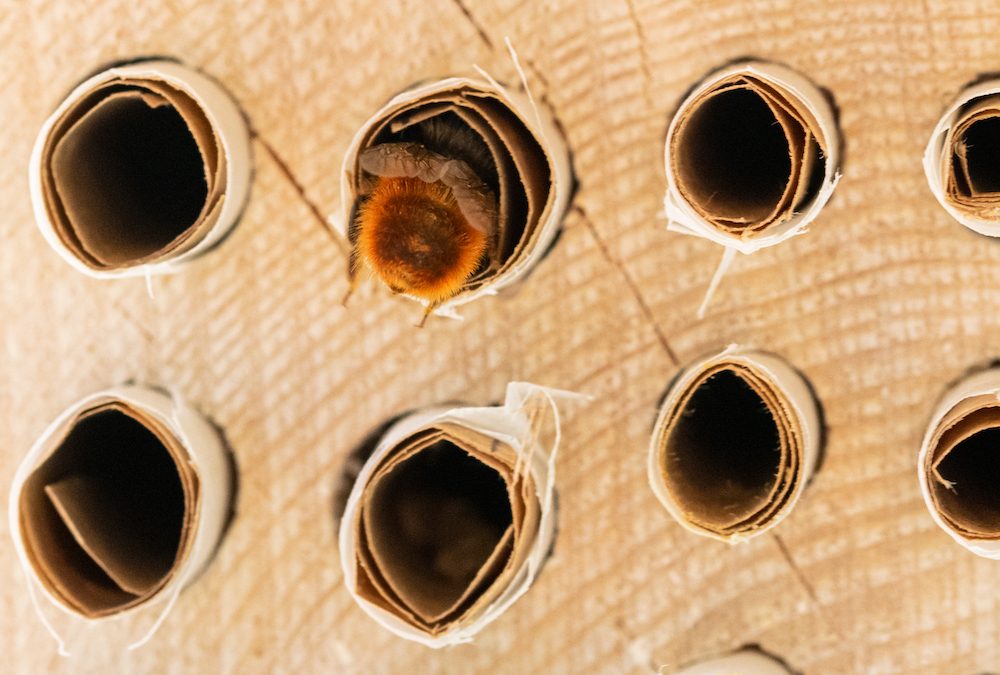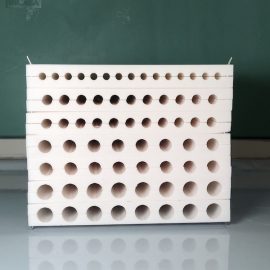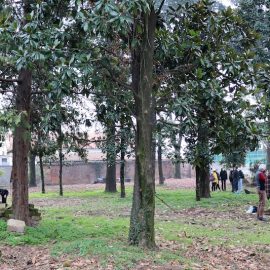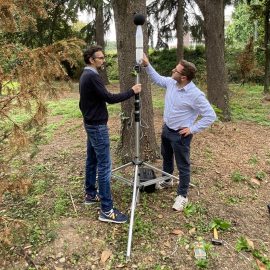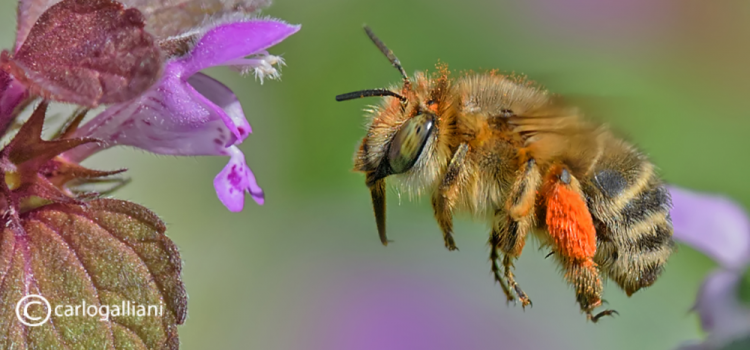
The 'Vivaio Bicocca': an urban hub for the protection of pollinating insects
The importance of pollinators
About 90% of flower-producing plants entrust the delicate process of pollen transfer, necessary for sexual reproduction, to animal organisms, among which insects stand out for their diversity, abundance and pollination strategies. Pollinators, therefore, play a key role in regulating ecosystem services that support plant biodiversity, food production (it is estimated that more than two-thirds of the food consumed by humans comes from pollination) and the resilience of ecosystems to natural or man-made disruptions, including climate change. Recent studies indicate that pollinating insects contribute to the potential achievement of at least 15 of the 17 United Nations Sustainable Development Goals (SDGs) (Figure 1) and therefore their study and protection should be prioritised in natural, agricultural and urban development plans.

Figure 1: Image from Patel et al.2020 https://doi.org/10.1007/s13280-020-01333-9
Not only bees
When people think of pollinating insects, they usually think only of honeybees (Apis mellifera). However, pollinating insects include many other species of bees, about 1000 in Italy, other hymenoptera (wasps), and numerous groups of insects amongh which Lepidoptera (butterflies and moths), Diptera (muscids, hoverflies) and Coleoptera (malachidae, cantharidae, etc.).
The pollinator crisis
In recent decades there has been an increasing decline in the abundance, diversity and health of both domestic and wild pollinating insects.
The main threats to their conservation are habitat loss and fragmentation, unsustainable agricultural practices, the spread of pathogenic microorganisms (viruses, bacteria) and pests (mainly insects and mites), and the spread of invasive species. Although these factors often act synergistically, the loss of habitats, especially foraging and nesting niches, plays a major role.
MORE DETAILS
Red list of threatened Italian bees, drawn up by a scientific committee whose authors include Dr. Paolo Biella, a Research Fellow at UNIMIB, involved in scientific research activities on pollinating insects in the nursery and the metropolitan city of Milan.
The importance of urban green areas and University of Milano-Bicocca research
At international level, the need to launch long-term pollinator monitoring projects has clearly emerged, a priority also supported by the recent European Green Deal.
The international scientific community has also stressed the importance of preserving the pollination service in metropolitan areas in order to support and maintain biodiversity in urban green spaces for the benefit of human well-being. The habitats occupied by pollinating insects are not exclusively natural. In fact, agricultural contexts (e.g. mowing lawns, hedges, field banks) and urban contexts (e.g. flowerbeds, vegetable gardens, city parks) can also be suitable sites for these animals. For example, bees nest in a variety of substrates including spoil, walls, abandoned infrastructure and dead wood. Others exploit existing cavities (e.g. Osmia spp.) and collect fragments of various kinds (fibres, earth, clay, etc.) to form or complete nests.
The suitability of urban areas to host pollinator communities can be enhanced with various strategies, ranging from the planting of flowering resources of different phenology that guarantee abundant and diversified resources for insect communities to the installation of artificial structures useful for nesting insects.
In this context, the Vivaio Bicocca is configured as a first node (or hub) in Municipality 9 of the city of Milan to support pollinating insects and their role in ecosystem services.
We thank Carlo Galliani for the beautiful images.

